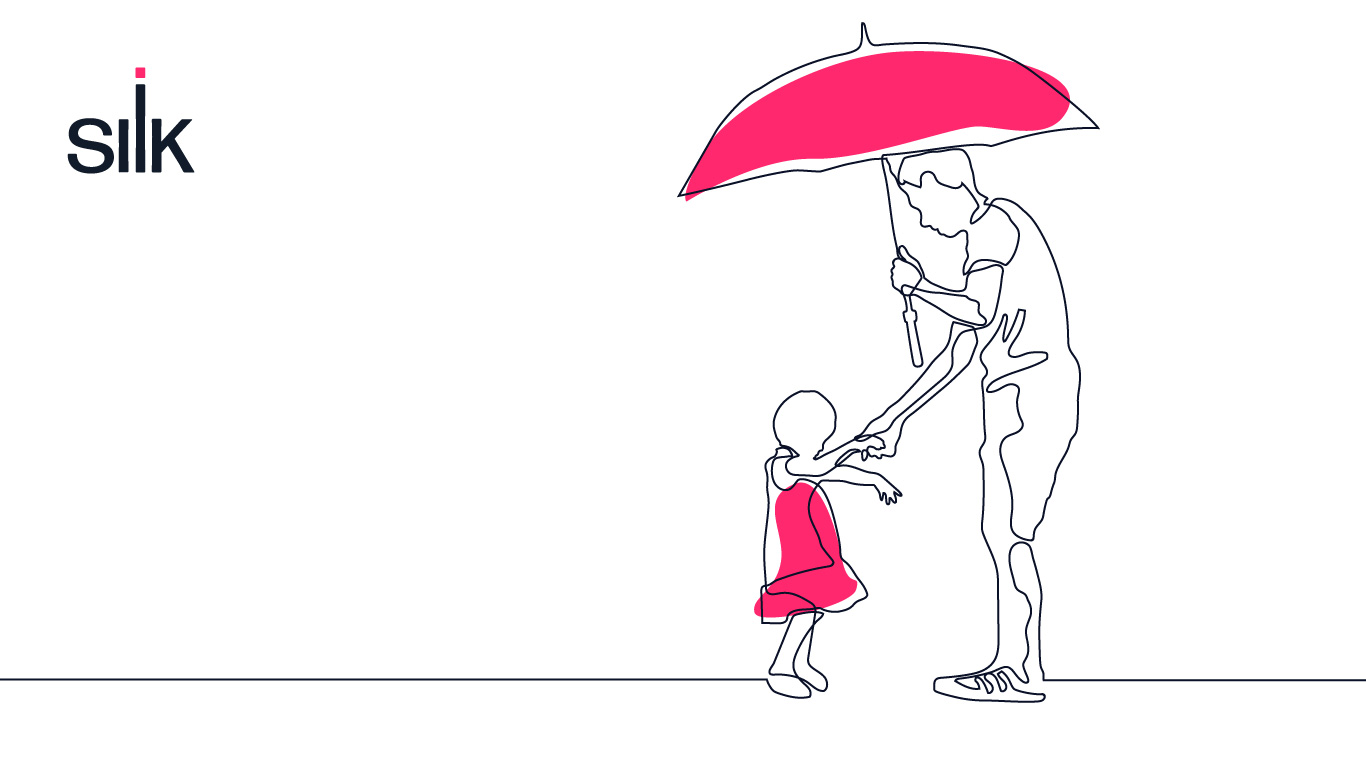In today’s rapidly evolving world, the insurance industry is undergoing a significant transformation driven by technological advancements, shifting customer expectations, and the need to maximize the value of data. Insurers are actively pursuing modernization strategies to stay competitive and improve their services. This blog explores key trends shaping the industry and how insurers can leverage technology to overcome challenges.
Key Drivers of Change in Insurance
Insurance companies are increasingly recognizing the need to innovate and modernize. Several factors are driving carriers to rethink their strategies:
- Technological Advancements: Emerging technologies are pushing insurers to modernize legacy systems and streamline operations.
- Data in the Cloud: Moving insurance application data to the cloud allows for more efficient operations and better customer experiences.
- Regulatory Compliance & Cybersecurity: Insurers must navigate complex regulatory environments while addressing emerging cyber threats.
- Climate Change: Weather-related risks, such as floods and hailstorms, are creating new challenges that require innovative risk prediction and mitigation.
- A New Generation of Customers: Today’s customers demand more personalized, proactive services. Insurers are adopting embedded insurance models and IoT technologies to create predictive and preventative care.
Challenges on the Road to Modernization
While the need for modernization is clear, insurance carriers face significant hurdles:
- Legacy Systems: Many carriers still rely on outdated systems, some dating back to the 1960s, which impedes innovation.
- Cost Management: Insurers must balance the high cost of modernization with the need for a strong return on investment (ROI).
- Regulatory Complexity: Navigating evolving regulations while maintaining compliance is an ongoing challenge.
Despite these obstacles, insurers are finding ways to do more with less, leveraging AI, cloud technologies, and automation to streamline operations and lower costs.
The Role of AI and Data Analytics in Insurance
As cloud infrastructure makes data more accessible, insurers are increasingly using AI and advanced analytics to enhance decision-making. AI-driven tools can detect fraud, improve risk modeling, and offer predictive insights. For example, complex weather models that once took months to process can now be completed in hours with cloud resources, enabling insurers to assess risks more quickly and deliver better services.
Putting Customer Experience at the Core of Modernization
At the heart of modernization is the customer experience. Insurers are adopting new technologies to create more interactive and personalized experiences for their clients. Some companies even use gamification to engage customers more frequently, moving from a few touchpoints per year to dozens per month. This increased engagement strengthens customer relationships and allows insurers to play a more significant role in their clients’ lives.
The industry is also shifting away from a reactive “repair and replace” model to a more proactive “predict and prevent” approach. For example, IoT technology enables insurers to send real-time alerts about impending weather events, such as advising a policyholder to move their car into the garage before a hailstorm. This not only reduces claims costs but also enhances the customer experience by preventing losses.
Approaches to Modernization
There is no one-size-fits-all approach to modernization, and insurance carriers are at different stages of their transformation journeys. While some choose to completely replace their legacy systems, others opt to upgrade existing infrastructures or explore new ways to access and utilize data. Regardless of the approach, modernization typically involves simplifying operations, improving risk modeling, and enhancing customer interactions. The ultimate goal is to create smarter, more efficient processes that maximize the value of existing technology investments.
What’s Next for Insurance Modernization?
Modernization is not a one-time event but an ongoing journey. Insurers that succeed will integrate AI, data analytics, and cloud technologies into their core operations to improve services, boost operational efficiency, and reduce costs. At its core, modernization is about making smarter decisions faster, enhancing the customer experience, and positioning insurers to thrive in an ever-changing world.
To navigate these changes effectively, carriers may benefit from partnering with experts in data and cloud technology. In today’s digital landscape, businesses—especially in sectors like insurance and fintech—are continually exploring ways to streamline processes, enhance customer experiences, and reduce costs. The cloud plays a pivotal role in this transformation by enabling organizations to manage large volumes of data more efficiently, drive innovation, and maintain cost-effectiveness.
Real-World Examples of Modernization Success
Let’s explore how two companies in insurance and fintech benefited from Silk’s cloud solution.
One health insurance company faced challenges with their claims management system after migrating to the cloud. Although they achieved basic cloud functionality, they needed better performance and faster development cycles. Silk provided a solution, dramatically improving their production process and transforming their UAT environment. What once took 5-7 days to refresh data for testing now takes just 15 minutes, allowing them to refresh data more frequently and create multiple testing environments, reducing costs and saving time.
A fintech company using Silk’s platform struggled with delayed data refreshes for analytical reports, hindering their ability to provide up-to-date information. Silk’s snapshots and data extracts enabled them to refresh datasets in near real-time, accelerating their development processes and allowing them to roll out new services and reports faster.
These examples demonstrate that modernization doesn’t always require large-scale overhauls. With the right cloud solutions, organizations can modernize incrementally, optimizing costs while improving performance and customer experience.
Modernizing in Phases
Contrary to the belief that modernization requires a disruptive overhaul, businesses can modernize incrementally. With scalable cloud solutions like Silk, companies can meet evolving data demands, improve performance, and enhance customer experiences without the need for massive infrastructure changes. As AI and predictive analytics continue to evolve, cloud infrastructure will play a pivotal role in shaping the future of customer experiences in industries like insurance and fintech.
Embracing cloud technology doesn’t have to be an all-or-nothing decision. With modern solutions like Silk, businesses can transition gradually to the cloud, enhancing performance and customer experience while preparing for the next wave of innovation.
Curious How Else You Can Use the Cloud to Maximize the Value of Your Data?
Watch this conversation between Silk and Microsoft to learn more about insurance industry trends and how to use your data to your advantage.
Watch Video


